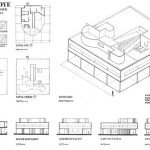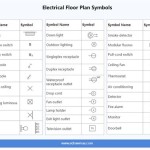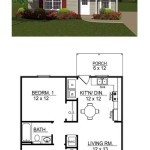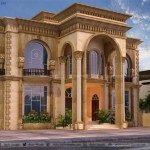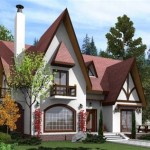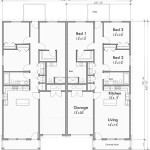The West Wing: An Exploration of the Heart of American Power
Nestled within the sprawling complex of the White House, the West Wing stands as the nerve center of American government. This hallowed space, where countless decisions have shaped the course of history, offers a fascinating glimpse into the inner workings of the executive branch.
The West Wing, a masterpiece of American architecture designed by James Hoban, is an integral part of the White House's historical significance. Its construction, completed in 1902 under the administration of President Theodore Roosevelt, was a testament to the growing responsibilities of the presidency.
Let us embark on a virtual tour of the iconic West Wing, exploring its meticulously designed rooms and discovering the stories they hold:
The Oval Office: The President's Sanctum
As the iconic workspace of the President of the United States, the Oval Office symbolizes the pinnacle of American political power. This majestic room, adorned with historical artifacts and personal touches, has witnessed countless momentous decisions. The Resolute Desk, a symbol of Anglo-American friendship, has graced its center since the presidency of Rutherford B. Hayes.
The Cabinet Room: Where Decisions are Forged
Adjacent to the Oval Office, the Cabinet Room serves as a meeting place for the President and their advisors. Its mahogany table, surrounded by intricate chairs, has hosted discussions on some of the most pressing issues facing the nation. The room is decorated with portraits of former presidents, reminding those gathered of the weighty legacy they carry.
The Roosevelt Room: A Hub for Diplomacy
Named in honor of Theodore Roosevelt, the Roosevelt Room is a versatile space used for smaller meetings, receptions, and press conferences. Its intimate atmosphere and natural light create a conducive environment for discussions and negotiations. The room is adorned with mementos from Roosevelt's presidency, including a stuffed polar bear and a model of the Panama Canal.
The Situation Room: The Nerve Center for Crisis Management
Deep within the West Wing, the Situation Room is the command center for national security and crisis management. Equipped with state-of-the-art technology and secure communication systems, it serves as the President's headquarters during emergencies. The room's solemn ambiance underscores the gravity of the decisions made within its walls.
The West Wing Press Office: A Link to the Public
Located on the ground floor of the West Wing, the Press Office is the primary conduit for communication between the White House and the media. From this bustling hub, press conferences and briefings are conducted, shaping public opinion and informing the nation on critical issues.
The Office of Vice President: A Seat of Power and Support
The Office of Vice President, situated in the Eisenhower Executive Office Building adjacent to the West Wing, serves as the workspace for the second-highest ranking official in the executive branch. Here, the Vice President carries out their duties and provides support to the President.
In conclusion, the West Wing of the White House is not merely a physical structure but a symbol of American democracy and leadership. Its rooms, each with their own unique purpose and history, offer a glimpse into the inner workings of government and the individuals who shape the destiny of a nation.

West Wing White House Tour Floor Plans Interior

Inside The Real West Wing In 2024 White House Floor Plans Vintage

White House West Wing 1st Floor Plans Food Court Diagram Of

Map Of The West Wing White House

Inside The Iconic Oval Office

Datei White House West Wing Floorplan1 Svg Wikipedia

S West Wing Can Reality Match The Liberal White House Fantasy Administration Guardian

West Wing House Floor Plans Office Plan

Datei White House West Wing 1st Floor With The Oval Office Highlighted Png Wikipedia

White House Data Photos Plans Wikiarquitectura

